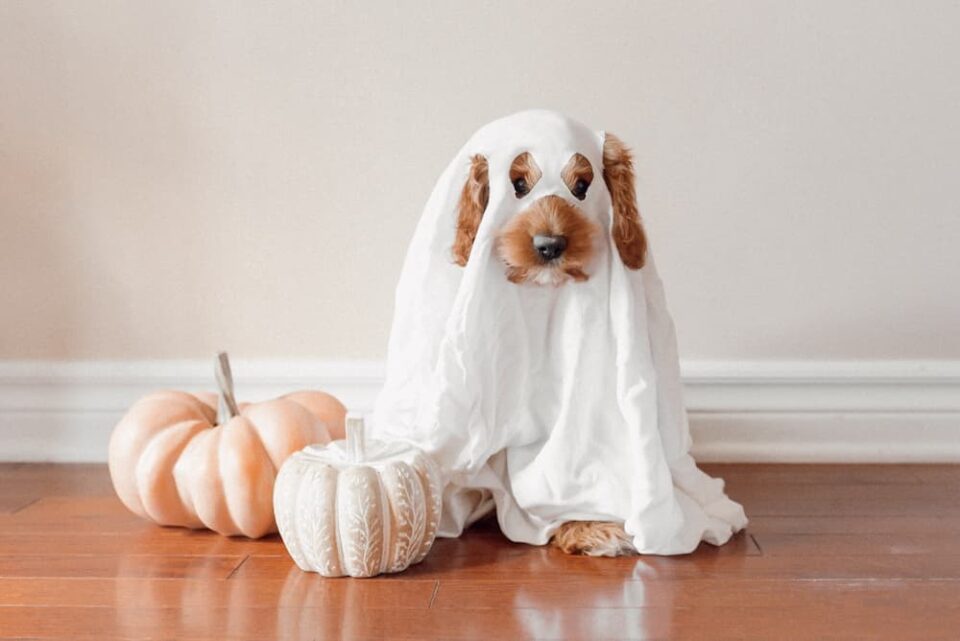Pomeranians, with their fluffy coats, now come in a vibrant spectrum of colors, but they originally started off as white.
- The cream and tan Pomeranians are among the most common colors adored by many.
- Rarer colors like white and blue are fascinating but come with their own genetic challenges.
- Unique patterns like sable, merle, and brindle add to the diversity and charm of the breed.
- Choosing a Pomeranian color isn’t just about looks—health risks and cost variations come into play.
Ever wondered how those tiny, fluffy Pomeranians evolved into such vibrant beauties? Originally, these adorable companions sported pure white coats. Over time, breeding introduced a myriad of colors and patterns, making each Pomeranian delightfully unique. The creamy hue of a honeycomb or the rich tan accented with white markings has captivated Pomeranian lovers everywhere.
Among the more common shades, cream and tan stand out for their popularity and aesthetic appeal. Cream Pomeranians’ coats deepen as they age, while tan ones sport charming white accents. These colors are widely adored, partly for their captivating looks and partly because they’re easier on the wallet.
More elusive and intriguing are the white and blue Pomeranians. A white Pomeranian’s rarity stems from the pure bloodline needed—no colors in the genes for generations. Blue Pomeranians, with their exquisite gray-silver coats, are equally captivating, although they sometimes encounter health issues related to the dilution of color pigments.
Pomeranians also come in fascinating patterns such as sable, merle, and brindle. Each of these patterns offers an additional layer of uniqueness. The sable Pomeranian boasts darker hair tips, while the merle features mottled patches in various shades. Brindle introduces a striking contrast with its striped overlays—one of the rarest and visually arresting patterns.
Choosing a Pomeranian isn’t just about picking your favorite shade. Bear in mind, some colors may bring health challenges, particularly those involving color dilution. Additionally, the rarity of a color can influence cost. Common shades like cream and orange may be more budget-friendly compared to rarer hues like blue or pure white.
In the end, the captivating spectrum of Pomeranian colors showcases not just beauty, but a blend of genetics and personal preference.










